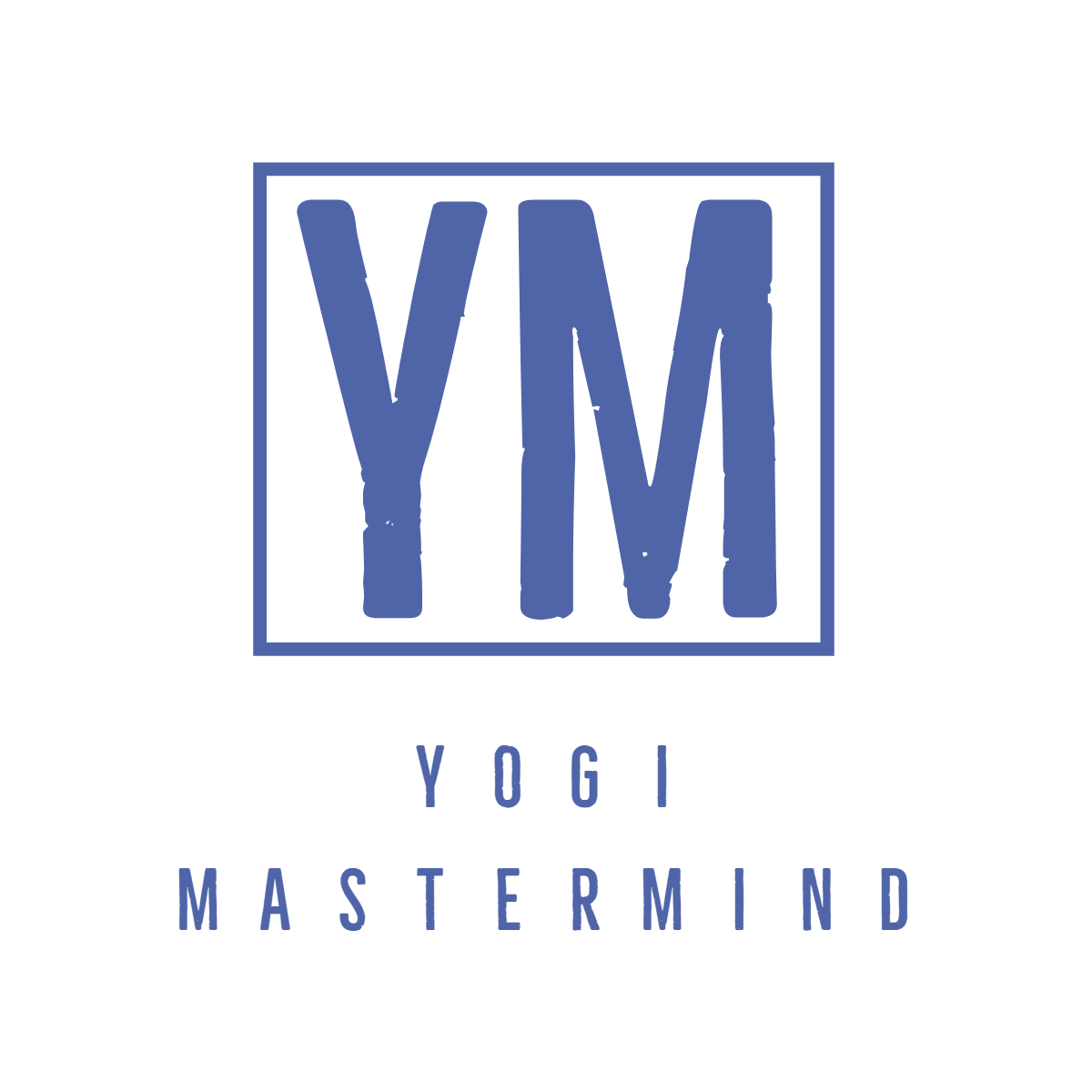
From Mat to Market: Tips for Growing Your Online Yoga Business
The online yoga industry has experienced tremendous growth in recent years, presenting exciting opportunities for yoga teachers and entrepreneurs. With the convenience and accessibility of online platforms, more and more people are turning to virtual yoga classes to practice from the comfort of their own homes. This shift in consumer behavior has created a thriving market for online yoga businesses.
The online yoga industry offers several advantages for yoga teachers and entrepreneurs. Firstly, it allows them to reach a global audience, breaking down geographical barriers and expanding their client base. Additionally, online yoga classes provide flexibility for both teachers and students, as they can be accessed at any time and from anywhere. This flexibility also allows yoga teachers to create their own schedules and work at their own pace.
Furthermore, the online yoga industry offers a variety of revenue streams beyond just teaching classes. Yoga teachers can create and sell digital products such as e-books, online courses, and guided meditations. They can also offer one-on-one virtual sessions or group coaching programs. The possibilities are endless, and with the right strategies, yoga teachers and entrepreneurs can build successful online businesses in this booming industry.
Identifying Your Niche: Finding Your Unique Selling Point
In a crowded market, it is crucial to identify a niche that sets you apart from the competition. By finding your unique selling point, you can attract a specific target audience who resonates with your offerings. This not only helps you stand out but also allows you to build a loyal community of clients who are passionate about what you have to offer.
There are various niches within the yoga industry that you can explore. For example, you could specialize in prenatal yoga, offering classes and resources specifically tailored to expectant mothers. Alternatively, you could focus on yoga for athletes, providing classes that enhance performance and prevent injuries. Other niches include yoga for seniors, yoga for mental health, or even niche styles of yoga such as aerial yoga or acro-yoga.
When identifying your niche, consider your own strengths, passions, and expertise. Think about what makes you unique as a yoga teacher and how you can leverage that to serve a specific audience. By narrowing down your focus, you can position yourself as an expert in your niche and attract clients who are specifically seeking the services you offer.
Building Your Brand: Creating a Strong Online Presence
Building a strong brand is essential for success in the online yoga industry. Your brand is what sets you apart from your competitors and helps you connect with your target audience. It encompasses everything from your logo and website to your social media presence and the overall experience you provide to your clients.
Start by creating a logo that reflects your brand identity. Your logo should be visually appealing, memorable, and representative of the values and essence of your business. It should be consistent across all platforms and materials to create a cohesive brand image.
Next, invest in creating a professional website that showcases your offerings, provides information about your background and qualifications, and allows potential clients to easily book classes or purchase products. Your website should be user-friendly, visually appealing, and optimized for mobile devices.
In addition to your website, establish a strong presence on social media platforms such as Instagram, Facebook, and YouTube. Use these platforms to share valuable content, engage with your audience, and build a community around your brand. Consistency is key when it comes to social media, so develop a content strategy and stick to it.
Creating High-Quality Content: Engaging Your Audience
Creating high-quality content is crucial for engaging your audience and building trust with potential clients. Your content should be informative, engaging, and visually appealing to capture the attention of your target audience.
Start by identifying the needs and interests of your target audience. What are they looking for in a yoga teacher? What challenges do they face? Use this information to create content that addresses their specific needs and provides value.
Consider creating a blog where you can share informative articles, tips, and insights related to yoga and wellness. You can also create video content, such as tutorials, guided meditations, or even live-streamed classes. Visual content, such as infographics or inspirational quotes, can also be highly engaging on social media platforms.
When creating content, focus on quality over quantity. Take the time to research and provide accurate information. Use clear and concise language that is easy for your audience to understand. And don't forget to add your own unique voice and personality to make your content stand out.
Utilizing Social Media: Connecting with Your Community
Social media plays a crucial role in building a community and connecting with potential clients in the online yoga industry. It allows you to reach a wider audience, engage with your followers, and build relationships with your community.
When using social media, it's important to choose the right platforms for your target audience. For example, if you are targeting a younger demographic, platforms like Instagram and TikTok may be more effective. If you are targeting professionals or older adults, platforms like LinkedIn or Facebook may be more suitable.
Once you have chosen the right platforms, focus on creating engaging content that resonates with your audience. Share valuable tips, inspirational quotes, behind-the-scenes glimpses into your life as a yoga teacher, and client success stories. Encourage interaction by asking questions, running contests or challenges, and responding to comments and messages promptly.
In addition to creating content, make an effort to engage with other accounts in your niche. Follow other yoga teachers, wellness influencers, and relevant brands. Like and comment on their posts, share their content if it aligns with your brand values, and collaborate with them on joint projects or events. Building relationships with others in your industry can help you expand your reach and attract new clients.
Offering Value: Providing Additional Services and Products
To stand out in the online yoga industry, it's important to offer additional services and products that provide value to your clients. This not only helps you generate additional revenue but also enhances the overall experience for your clients and keeps them coming back for more.
One way to provide additional value is by offering workshops or retreats. These can be virtual or in-person events where you dive deeper into specific topics or practices. For example, you could offer a workshop on yoga for stress relief or a retreat focused on mindfulness and meditation. These events allow you to connect with your clients on a deeper level and provide them with a transformative experience.
Another way to provide value is by creating and selling digital products. This could include e-books, online courses, or guided meditations. These products allow your clients to continue their practice outside of your classes and provide them with resources they can refer back to whenever they need guidance or inspiration.
Additionally, consider offering merchandise such as yoga mats, clothing, or accessories branded with your logo. This not only helps you generate additional revenue but also allows your clients to show their support for your brand and become ambassadors for your business.
Setting Competitive Prices: Finding the Sweet Spot
Setting competitive prices is crucial for success in the online yoga industry. You want to find the sweet spot where your prices reflect the value of your services while still being affordable for your target audience.
Start by researching the market and understanding what other yoga teachers are charging for similar services. This will give you a benchmark to work with. Consider factors such as your experience, qualifications, niche, and the quality of your offerings when determining your prices.
It's important to strike a balance between pricing yourself too high and pricing yourself too low. If you price yourself too high, you may struggle to attract clients, especially if you are just starting out or don't have a strong reputation yet. On the other hand, if you price yourself too low, potential clients may perceive your services as low-quality or not valuable enough.
Consider offering different pricing tiers to cater to different budgets and needs. For example, you could offer a basic package that includes access to pre-recorded classes at a lower price point, and a premium package that includes one-on-one sessions or personalized coaching at a higher price point. This allows you to cater to a wider range of clients and maximize your revenue potential.
Understanding SEO: Optimizing Your Website for Search Engines
Search engine optimization (SEO) is the process of optimizing your website to rank higher in search engine results pages. By implementing SEO strategies, you can increase your visibility online and attract more organic traffic to your website.
Start by conducting keyword research to identify the keywords and phrases that your target audience is using when searching for yoga-related content. Use these keywords strategically throughout your website, including in your page titles, headings, meta descriptions, and content.
In addition to keywords, focus on creating high-quality content that provides value to your audience. Search engines prioritize websites that offer valuable and relevant content, so make sure your website is filled with informative articles, tutorials, and resources.
Optimize your website's loading speed by compressing images, minimizing code, and using caching plugins. Slow-loading websites can negatively impact user experience and result in higher bounce rates.
Lastly, build backlinks to your website by reaching out to other websites in your niche and asking them to link back to your content. Backlinks are an important ranking factor for search engines and can help improve your website's visibility.
Collaborating with Others: Building Partnerships and Networks
Collaborating with other yoga teachers and entrepreneurs can be highly beneficial for growing your online yoga business. By building partnerships and networks, you can tap into new audiences, share resources, and learn from others in your industry.
Start by reaching out to other yoga teachers or wellness influencers in your niche. Offer to collaborate on joint projects, such as hosting a virtual workshop together or co-creating content. This allows you to leverage each other's audiences and expand your reach.
Consider joining online communities or forums where you can connect with other yoga teachers and entrepreneurs. These communities provide a space for sharing ideas, asking questions, and finding support. They can also be a great source of inspiration and motivation.
Attend yoga conferences, workshops, or retreats where you can network with other professionals in the industry. These events provide opportunities to learn from experts, showcase your expertise, and connect with potential collaborators or mentors.
Building partnerships and networks takes time and effort, but the benefits can be significant. By collaborating with others, you can tap into new markets, gain exposure to new audiences, and learn from the experiences of others.
Tracking Your Progress: Measuring Success and Making Adjustments
Tracking your progress is essential for measuring the success of your online yoga business and making informed decisions about its growth. By analyzing data and metrics, you can identify what is working well and what needs improvement.
Start by setting clear goals for your business. These goals could be related to revenue, client acquisition, social media engagement, or any other key performance indicators that are important to you. Break down these goals into smaller milestones that are easier to track and measure.
Use analytics tools to track website traffic, social media engagement, email open rates, and other relevant metrics. This data will provide insights into how well your marketing efforts are performing and where there may be room for improvement.
Regularly review your progress against your goals and make adjustments as needed. If a particular marketing strategy is not yielding the desired results, try a different approach. Experiment with different content formats, platforms, or messaging to see what resonates best with your audience.
Don't be afraid to seek feedback from your clients and community. Ask for testimonials or reviews to gather insights into what they appreciate about your services and where there may be room for improvement. Use this feedback to refine your offerings and enhance the overall experience for your clients.
Growing Your Online Yoga Business with Confidence
The online yoga industry presents exciting opportunities for yoga teachers and entrepreneurs. By identifying your niche, building a strong brand, creating high-quality content, utilizing social media, offering additional services and products, setting competitive prices, understanding SEO, collaborating with others, and tracking your progress, you can grow your online yoga business with confidence.
Remember that success in the online yoga industry takes time and effort. Be patient, stay consistent, and continue to learn and adapt as you go. With dedication and a passion for serving others, you can build a thriving online yoga business that not only provides value to your clients but also allows you to live a fulfilling and purposeful life as a yoga teacher or entrepreneur.

